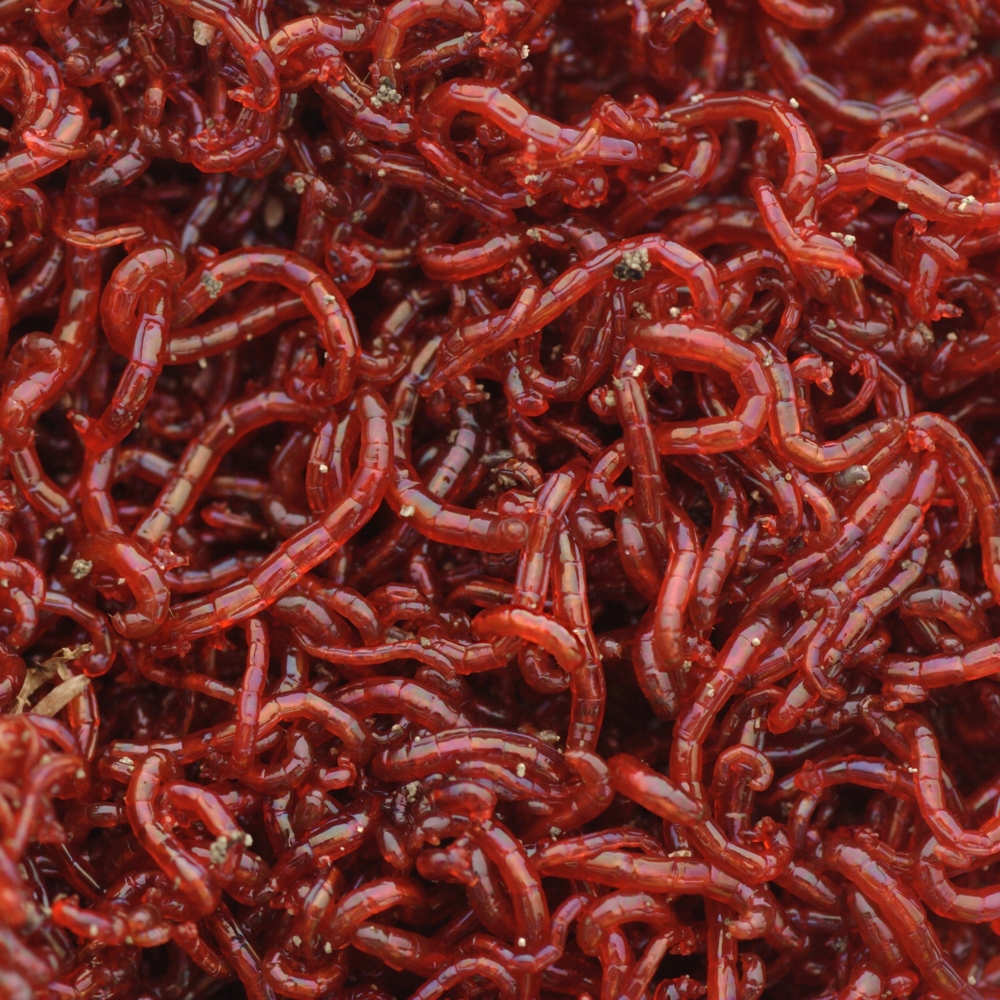Live red wigglers: Steps to start composting
Live red wigglers: Steps to start composting
Blog Article
The Duty of Red Wigglers in Lasting Gardening
The integration of red wigglers right into lasting gardening practices supplies an engaging technique to enhancing dirt wellness and minimizing organic waste. The effects of making use of red wigglers prolong beyond simple composting; their duty in shaping an extra sustainable future warrants a deeper expedition of their benefits and sensible applications.
Recognizing Red Wigglers
Red wigglers, scientifically known as Eisenia fetida, are a varieties of earthworm renowned for their role in lasting horticulture and composting practices - red wigglers. These worms prosper in breaking down raw material, making them specifically efficient in converting kitchen area scraps and yard waste right into nutrient-rich garden compost. Unlike standard earthworms, red wigglers have a higher tolerance for differing wetness levels and can flourish in settings with abundant natural material
(Lake Hickory Worms,)Typically, red wigglers are smaller sized than their earthworm equivalents, typically determining between 3 to 4 inches in length. They possess a reddish-brown coloration and have a segmented body structure that aids in their burrowing and feeding activities. These organisms are hermaphroditic, indicating each private has both male and women reproductive organs, which enables for effective population growth under optimal conditions.
The environment choices of red wigglers include damp, dark atmospheres rich in organic content, such as compost bins or worm farms. Their ecological role extends past composting; they are indispensable in aerating the dirt and facilitating vitamins and mineral biking, which ultimately adds to much healthier garden ecosystems. red wigglers. Recognizing the biology and habits of red wigglers is important for those looking for to carry out effective vermicomposting in lasting horticulture
Benefits of Vermicomposting
Vermicomposting deals numerous benefits that boost sustainable horticulture practices and add to environmental wellness. One of the key advantages is the change of natural waste into nutrient-rich garden compost, which improves dirt framework and fertility. The castings generated by red wigglers are loaded with beneficial microorganisms and essential nutrients, making them an exceptional natural fertilizer.
Furthermore, vermicomposting substantially minimizes garbage dump waste. By drawing away kitchen area scraps and lawn waste from garbage dumps, this practice not just minimizes methane exhausts-- a powerful greenhouse gas-- but likewise advertises a round economy, where waste is repurposed as a resource.
One more benefit is the improvement of soil oygenation and drainage (red wigglers). The burrowing activity of red wigglers produces networks in the dirt, permitting air and water to pass through even more easily, thus promoting a healthier origin system for plants
In addition, vermicomposting can be done on a tiny range, making it accessible for urban gardeners and those with limited space. This technique motivates environmental stewardship and understanding, as individuals end up being a lot more involved with their waste administration methods. Eventually, vermicomposting stands for a lasting, effective, and eco-friendly approach to gardening that profits both plants and the earth.
How to Beginning Vermicomposting
Starting your very own vermicomposting system can be a gratifying endeavor that enhances your sustainable gardening practices. To start, pick a proper container, such as a plastic bin or wooden box, with good drainage and air flow. The dimension will certainly rely on the quantity of kitchen area scraps you produce; a bin of 10-14 gallons usually is sufficient for a family.
Next, prepare the bed linen material. Shredded paper, cardboard, and coconut coir are excellent alternatives, supplying a comfy habitat for the red wigglers. Go for a bed linens depth of about 4-6 inches, which need to be damp however not soaked.
When the bedding is developed, introduce your worms. Red wigglers (Eisenia fetida) are one of the most ideal for composting. Begin with roughly one extra pound of worms for each 2-3 pounds of cooking area scraps weekly.
Begin including kitchen waste, preventing meat, dairy, and oily foods, as these can attract bugs and produce odors. Regularly monitor the container's moisture levels and temperature level, ensuring it continues to be within the optimal range for worm task. With these initial actions, you'll be well on your means to producing nutrient-rich compost for your garden.
Keeping a Healthy Worm Container
A thriving worm container requires consistent care and attention to preserve an optimum environment for the red wigglers. Key aspects to keep an eye on include wetness degrees, temperature, and food supply. Keeping a moisture degree akin to a wrung-out sponge is vital; excessive water can lead to anaerobic conditions, while insufficient can dehydrate the worms.
Temperature level is additionally important, as red wigglers prosper in a series of 55 to 77 levels Fahrenheit. Severe temperature levels can stress the worms, potentially resulting in mortality. Putting the bin in a climate-controlled area or utilizing insulating materials can assist Learn More Here regulate temperature fluctuations.

Lastly, oygenation is vital. Consistently transforming the bed linen and using a fork or shovel can prevent compaction and advertise airflow, ensuring a healthy and balanced, successful environment for the red wigglers. By sticking to these practices, gardeners can maintain a productive worm container that supports sustainable gardening initiatives.
Impact on Soil Health And Wellness
Enhancing dirt wellness via the usage of red wigglers is a fundamental aspect of sustainable gardening. By consuming organic matter, red wigglers break down complicated materials into easier substances, a procedure understood as vermicomposting.

(red wigglers for composting)Studies have actually shown that soils enriched with worm spreadings show enhanced microbial activity and enhanced fertility, causing greater plant yields. By including red wigglers right into gardening methods, garden enthusiasts not just enrich their dirt however additionally add to a more lasting agricultural system, stressing the interconnectedness of soil wellness and environmental stewardship.

Final Thought
In final thought, red wigglers considerably contribute to sustainable gardening via their reliable vermicomposting techniques. By promoting waste reduction and fostering a circular economic situation, red wigglers arise as vital elements in environmentally friendly gardening campaigns, emphasizing their crucial role in environmental sustainability.
Report this page